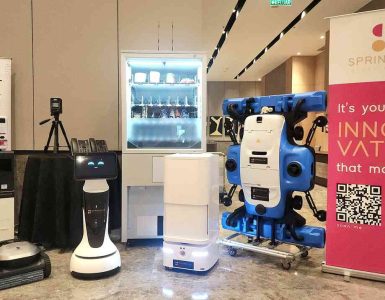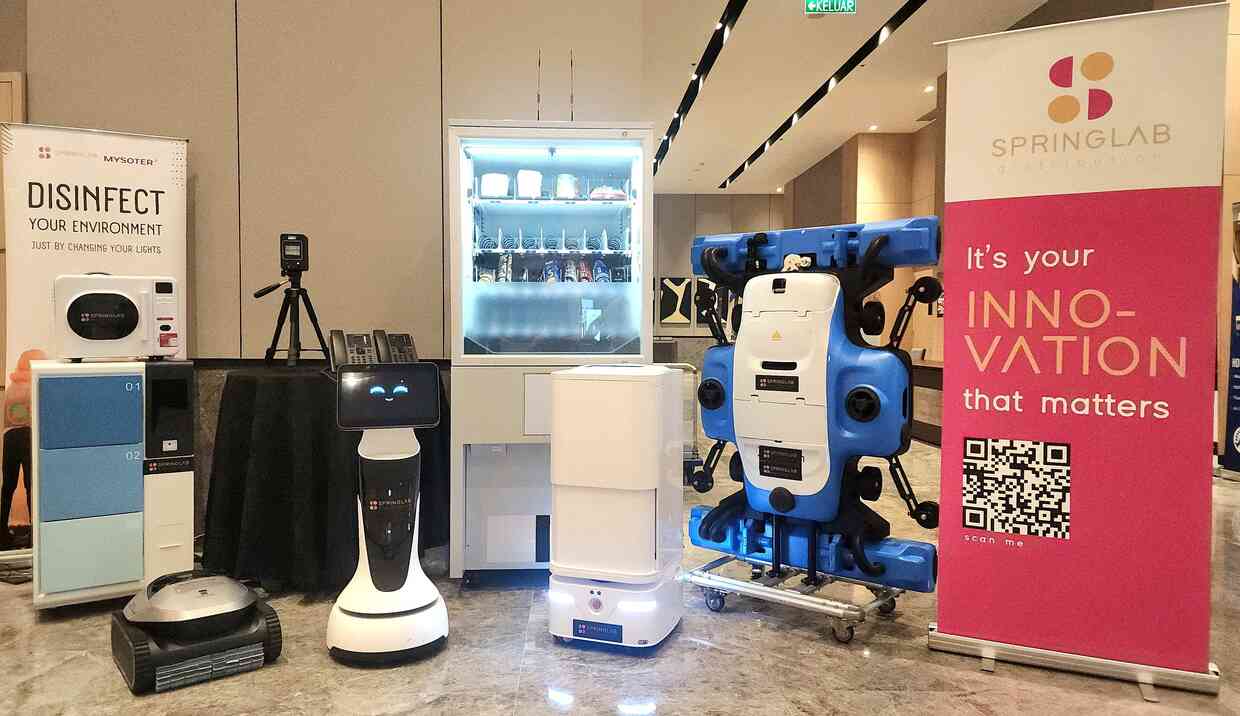Data is arguably the most valuable resource available to a modern enterprise (besides customers, anyway), but you can only optimize it most effectively if it’s both accurate and up to date. These are conditions that are hard to promise if your organization is still relying on legacy systems. Traditionally, an organization’s data is split between its different software solutions (customer relationship management systems, sales systems, human resources systems, etc.).
These disparate data sources have no way to communicate with each other, so you’re unable to get the full picture that your data could paint for you. A successful digital transformation means allowing your systems to communicate, so you can streamline your workflow and get the information you need to improve business processes.
Traditionally, if you wanted to share data between disparate software solutions, you would need to use the manual extract/transform/load (ETL) process. This pulls data from your software applications, recreates it in an appropriate data format so that each data set can be combined, and loads the new data set for your analysis. The problem with this approach is that it essentially only work for old data.
In the time it took you to do all this, your applications have already acquired new data that could alter the picture. This is why your digital solutions need to be in continuous communication, so your data can be updated in real-time. This is possible thanks to a process called application integration. If you’re new to these processes, you may be asking what is application integration?
Application Integration Defined

Put simply, application integration lets all of your software solutions communicate and share data with each other, which makes it much easier to get a holistic view of your business performance. This is often done via an application programming interface (API)-led approach that creates a foundation that all of your business applications can use.
There are all kinds of integration tools out there for people with varying levels of skill sets. This means that you don’t have to be a data scientist nor an experienced programmer to make use of enterprise application integration.
Convenient API portals let you access any APIs you need to connect different applications, and the visual displays in many of these portals make the process as simple as possible. This means that it will be no problem to integrate new applications in the future, and scalability won’t be a problem either. Here are just a few of the greatest use cases for integration.
Improved Data Analytics

Once your data integration is complete, you’ll be able to perform real-time data analysis to gain insights into your performance and enhance your operational processes. For example, your business intelligence can be significantly improved if you can simultaneously collect historical data and current data from your CRM system and sales system to study a complete picture of customer behavior.
This can be taken a step further with predictive analytics that can use these two data sets to predict future customer behavior. This way, you can start preparing new products and promotions in advance to gain a competitive edge.
Engaging Customer Experiences

With event driven architecture (EDA) behind your integration technology, your individual applications will be able to work together and respond to events in real-time. This makes the ordering process much more efficient, particularly if you sell customizable products. Thanks to integrated systems, you’ll be able to immediately update price information as soon as a customer selects a different configuration for your product.
Integrations with digital communication systems will also improve your customer support. Customers trump even data as your biggest resource, and a high rate of customer satisfaction increases retention. Customers expect convenience in every area these days, and with connectors for digital communication channels (text, SMS, a company mobile app, etc.), they’ll be able to contact your support agents using their preferred methods. This makes for a personalized customer journey that they’re likely to remember.
Don’t forget to experiment with application integration on your own in different ways. You never know what kinds of unique solutions you might come up with.










